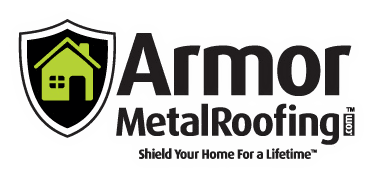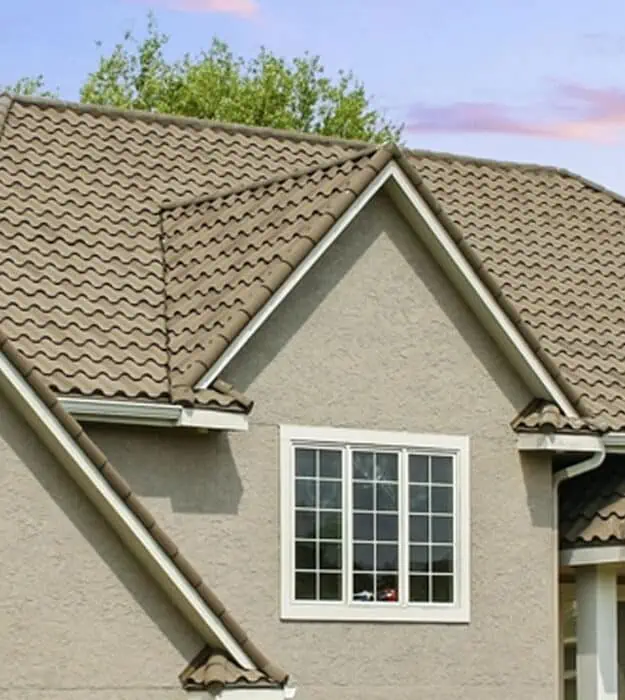About Asphalt Roofing Shingles
To the casual observer, asphalt roofing shingles appear to be the most common roofing system on the residential or commercial market – and that’s absolutely correct. Asphalt roofing materials cover millions of residential and commercial buildings, ranking as the most popular option in the United States and Canada because of durability and low cost, among other factors.
The manufacturing process
Asphalt, also known as bitumen, is a naturally sticky, black and highly pressure resistant liquid or semi-solid found in most crude petroleums and in some natural deposits; it is most commonly associated with the material used in constructing or patching roads, walkways, bike paths, and parking lots. But for the last 100 years or so, it also has been used in the residential and commercial roofing markets.
In the United States, asphalt shingles are categorized as either fiberglass-based or organic-based. Fiberglass-based asphalt shingles are manufactured with mat composed solely of glass fibers of different lengths and shapes. The fiberglass base is then combined with a specially-formulated asphalt coating, and then weather-resistant mineral granules that most consumers associate with asphalt shingles. Organic-based asphalt shingles are made with a mat composed of different cellulose fibers, like recycled wood fibers and waste paper. This organic base is then soaked in a specially formulated asphalt coating and covered with weather resistant mineral granules. A key point to remember in the manufacturing process is the mat or underlying base is attached to the shape of the shingle, which is then coated with asphalt.
Commercial and residential uses
Asphalt roofing shingles are the most widely used material for roof coverings, whether in the commercial or residential markets because of their ease of installation and maintenance, durability, and low cost. According to the Asphalt Roofing Manufacturer’s Association, more than 12.5 billion square feet of asphalt roofing products are made each year – or enough to roof more than five million new homes each year.
Most asphalt shingle roofs have an average lifespan of two decades or more depending on maintenance, but its lifespan depends on materials that were used during installation, quality of the installation, geographic location, and environmental factors (is the building located somewhere it rains frequently? Does the region experience damaging storms, high winds, intense heat and ultraviolet radiation? Is the roof battered by high impact storm debris?).
Cost and durability
The cost to buy asphalt shingles and have them installed depends on many factors. They are more affordable than other types of roofing systems, but prices vary based on geographic region and weather, the time of the year they’re installed, who does the work (the building owner versus a contractor), the size, complexity and design of the roof, and many other factors. Generally, asphalt shingles outperform other roofing materials like tile, wood, cedar, slate, and metal.
Prices lists for asphalt shingles and materials are available through local home improvement centers, roofing contractors, and by contacting the Asphalt Roofing Manufacturer’s Association for referrals and related information.
Though extremely durable even under the most trying environments, how long an asphalt shingle can be expected to last depends not only on factors like the weather but also on the grade of the shingle itself. Under ideal conditions, some shingles could last between 20 and 50 years, making them the most durable and popular roofing material anywhere.
But asphalt shingles are not invincible and can fail early from thermal shock, or climates where the temperatures races to the triple digits during the day and then plummets to below 50 at night. This sudden shift in temperature means the shingles don’t have time to properly expand and contract, resulting in cracks throughout the material. In colder months, water can accumulate in the cracks, freeze, and then expand the cracks even further. An ideal environment is one in which the temperatures are steady, the “Goldilocks zone” – not too hot in the summer, and not too cold in the winter.
Installation and maintenance
Watching a roofing contractor install an asphalt shingle roof makes the process look simple, but of course that isn’t the case. Proper installation depends on knowledge, years of experience, the ability to think on the fly under trying circumstances, and following myriad of safety codes and other restrictions for each region where the work is being undertaken.
But regardless of who handles the installation, the same basic steps apply:
- Lay 15-pound (6.8 kg) roofing paper over the roofing deck, and don’t skimp on staples when attaching the paper to the deck.
- Use 6d roofing nails and secure the drip edge or metal flashing around the outside of the roof deck.
- Mark a chalk line starting 5 inches from the bottom edge, marking a line from the left to right edge of the roof. Make sure to continue a chalk line up through four rows across the roof.
- Cut off the bottom of tabs off of the shingle, which keeps the tabs on the next row from lining up and exposing those along the bottom.
- Pre-nail the shingles upside down along the chalk line, then add asphalt cement with a caulk gun in a bead along the drip edge, pressing the shingles down onto the bead of cement.
- Go row by row and nail the rest of the shingles in place, horizontally, and cut the shingles to the size needed when reaching the end of the row. Follow this process all of the way to the ridge.
- Bend a shingle over the ridge and nail on the other side if it extends over the top of the ridge. Using ridge singles, begin at the end putting a bead of asphalt under the first ridge shingle to hold down the tab. Install the ridge shingles to the end, nailing on each side of the ridge. Apply a heavy bead of cement as necessary to further secure the shingles and prevent water leaks.
Every asphalt shingle roof requires minimal ongoing maintenance. This means evaluating the roof for signs of minor damage and wear, and repairing or replacing damaged or worm shingles as necessary. Most roofing professionals recommend annual inspections, with a full inspection taking place every 10 years, and replacing the roof after 20 years if needed. Following these steps means a safe, functional, and cost effective roof for years to come.

